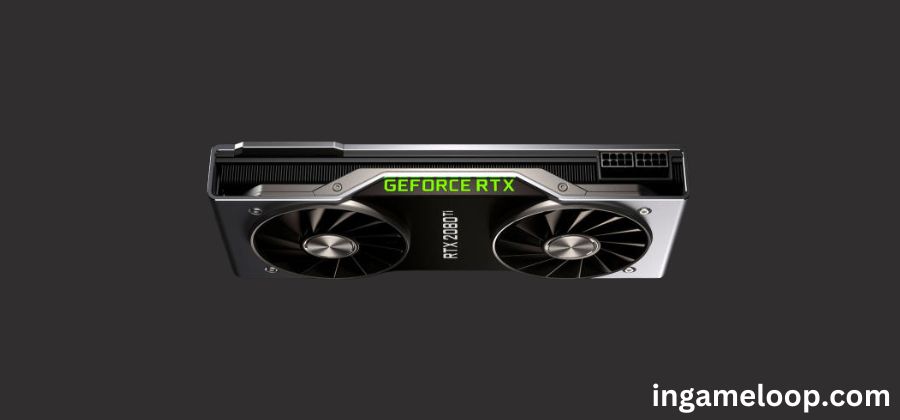
Recently a test conducted by Professional Review has revealed that Nvidia’s Crypto Mining Processor (CMP) version of the RTX 2080 Ti faces significant limitations when it comes to gaming performance, primarily due to the reduction in PCIe lanes.
Introduced in 2021, Nvidia’s CMP graphics cards were designed to cater to the surging interest in cryptocurrency mining. Initially devoid of gaming capabilities, resourceful users have managed to find workarounds to run games on these GPUs. However, even with a CMP card featuring a core count similar to that of the RTX 2080 Ti, gaming performance remains subpar, thanks to Nvidia’s strategic limitation of PCIe lanes.
The focal point of Professional Review’s assessment was the CMP 50HX, essentially a pared-down version of the RTX 2080 Ti. Unlike its gaming-oriented counterpart, the 50HX lacks official driver support from Nvidia and lacks video output ports. To circumvent these obstacles, users must resort to modified drivers, sourcing video output directly from the motherboard, and configuring Windows to prioritize the graphics card over integrated graphics. This process mirrors the functionality of Optimus Technology commonly found in laptops, now adapted for desktop use.
While Professional Review managed to get the 50HX operational for gaming purposes, the card exhibited notably low usage and delivered lackluster performance. Specific metrics detailing the extent of the subpar performance were not provided. This underwhelming outcome can be attributed, in part, to Nvidia’s decision to restrict PCIe lanes.
Although a standard RTX 2080 Ti boasts 16 lanes, CMP GPUs make do with only four. This configuration suffices for mining Ethereum, but proves to be a bottleneck when it comes to gaming—especially when rendering on the GPU and subsequently transmitting completed frames over the PCIe bus to the Intel integrated graphics buffer.
Typically, GPUs are endowed with more PCIe bandwidth than they actually require. Consequently, halving the bandwidth seldom results in a substantial dip in performance. However, there are scenarios where the additional lanes and bandwidth prove crucial, as exemplified by Optimus Technology. It appears that slashing the number of lanes by a staggering 75% proves to be excessively restrictive for a scaled-down version of the 2080 Ti reliant on the PCIe bus for frame transmission. Despite attempts by Professional Review to re-enable the additional 12 lanes on the 50HX through soldering, this endeavor proved unsuccessful.
Considering the absence of GPU drivers, video ports, and the limited availability of PCIe lanes, CMP GPUs are not only resistant to modification, but they also fail to deliver noteworthy gaming performance. It is worth noting that the CMP series was a short-lived experiment. Ada Lovelace CMP cards are currently unavailable, as Nvidia halted production after determining that cryptocurrency did not “contribute anything beneficial to society.” While they may spark interest as novelties, they do not present a viable alternative to standard gaming GPUs.
The CMP version of the RTX 2080 Ti, aimed at crypto mining, falls short in gaming performance due to Nvidia’s strategic limitation of PCIe lanes. Despite attempts to work around these limitations, the 50HX, a scaled-down iteration of the 2080 Ti, exhibited underwhelming gaming capabilities. With restricted access to drivers, video ports, and limited PCIe lanes, CMP GPUs prove to be a niche product, offering little appeal as an alternative to standard gaming-oriented graphics cards.
Related:
STARFIELD leak reveals 45-60FPS at 1440P high graphics on RTX 2080 TI







